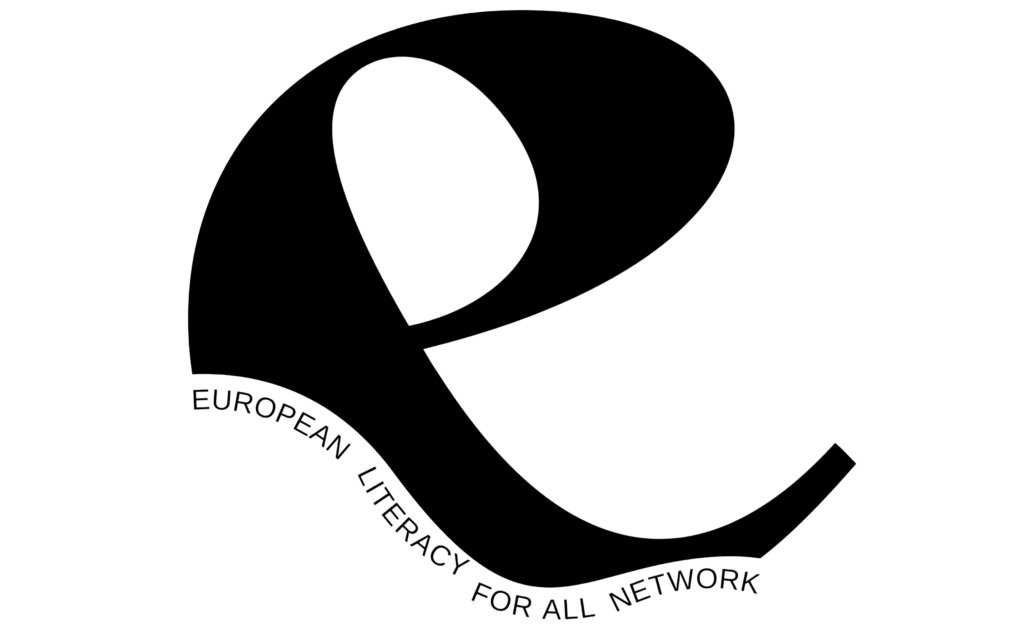Building Inclusive Literacy through Cultural Heritage
Inclusive literacy initiatives are essential for fostering comprehensive education that resonates with all students. The Heritage for Digital and Literacy Learning (HDLL) project stands as a perfect example of how integrating cultural heritage into education can enhance literacy skills and engage students.
This project is focused on empowering students by enhancing literacy skills through the exploration of European cultural heritage. This approach makes literacy more engaging and accessible, especially for students with Specific Learning Disorders (SLD), by blending learning with the richness of heritage, making reading and writing activities more relatable and enjoyable.

Addressing Diverse Literacy Needs
Inclusivity in literacy education means adapting teaching to meet the unique needs of each learner. The HDLL project uses cultural heritage to bring literacy to life, offering students with SLD an approachable and meaningful way to connect with reading and writing. Standard literacy tasks can be challenging for some students, which often leads to disengagement. However, by using heritage as a framework, HDLL allows students to approach literacy in ways that resonate with their personal backgrounds and experiences.
This approach also reduces the anxiety often associated with traditional literacy tasks. Through activities like storytelling and digital content creation, students can express their literacy skills in formats that suit their strengths. For instance, a student who finds writing difficult might thrive by creating a digital story or visually interpreting a heritage site, demonstrating comprehension in an alternative format. By offering varied avenues for literacy expression, HDLL makes sure every student feels included and capable.
Moreover, learning through heritage strengthens students’ connections to their cultural roots, enriching their understanding of both language and identity. Seeing aspects of their own culture reflected in the curriculum enhances their confidence and fosters a greater sense of belonging within the learning environment.
Using Technology to Support Literacy
HDLL also promotes digital literacy by engaging students in e-books and digital storytelling projects, using technology to make literacy accessible to all. Features like text-to-speech and visual aids ensure that students of varying abilities can fully participate. This tech-enhanced approach supports literacy development while also teaching students the importance of creating content that is accessible to everyone.
Literacy as a Tool for Cultural Connection and Empathy
Beyond skill-building, literacy rooted in heritage allows students to connect with stories, traditions, and perspectives from both their own culture and those of others. By exploring diverse cultural narratives, students develop empathy and understanding, seeing the value in both shared and unique human experiences. This approach helps foster a sense of global citizenship, where literacy becomes a bridge to appreciating the richness of cultural diversity.
Strengthening Critical Thinking through Heritage-Based Literacy
Incorporating cultural heritage into literacy education encourages students to think critically about history, identity, and societal values. By engaging with heritage materials, students learn to analyse and interpret texts and artifacts, fostering critical thinking skills that go beyond basic literacy. This approach not only improves comprehension but also cultivates analytical skills that empower students to engage thoughtfully with the world.
By exploring cultural heritage through inclusive literacy activities, students not only strengthen their reading and writing skills but also develop a deeper understanding of their cultural identity. This inclusive approach ensures that students from all backgrounds see their culture acknowledged and valued in their literacy journey, creating a more engaging and supportive learning experience.
